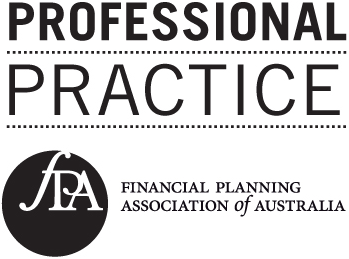Retirement costs rising despite COVID impacts
The cost of a comfortable retirement in Australia has gone up over the September quarter despite COVID-induced lifestyle changes, new research has revealed.

Research by the Association of Superannuation Funds of Australia (ASFA) has shown that couples aged around 65 living a comfortable retirement needed to spend $62,083 per year, up 0.3 per cent, and singles $43,901, up 0.5 per cent on the previous quarter.
The increase from a year earlier was 1.8 per cent for couples and 1.6 per cent for singles.
“COVID-19 has had a substantial impact on Australia’s financial and economic conditions, but there has been a partial unwinding of both price increases and decreases that immediately flowed from the impact of the pandemic,” said ASFA CEO Dr Martin Fahy.
ASFA noted that retiree lifestyles were yet to return to normal as restrictions on travel and changes to entertainment and dining-out options had a significant short-term impact on retirement lifestyles.
During the September quarter, health insurance premiums remained unchanged but would have increased from 1 October by around 3 per cent for many retirees.
“Recent reductions in interest rates and dividends are having an impact on the financial position of many Australian retirees,” Dr Fahy said.
“Dramatic changes in our lifestyles had a big impact on demand and prices right across the economy, but for at least some categories of expenditure, there is a return to something closer to normal.”
Dr Fahy noted that the increase in the cost of retirement despite lifestyle changes means members who are currently still working require greater accumulation of superannuation during their working lives.
“For wage earners, the increases in costs in retirement have highlighted the need for the superannuation guarantee to move from 9.5 per cent to 12 per cent as legislated. Over the year to September 2020, official figures indicate that wages grew by only 1.4 per cent on average for the entire economy, and by only 1.3 per cent in the private sector. Over the September quarter, increases in wages in the private sector averaged just 0.1 per cent,” the ASFA statement read.
Increases in retirement costs are outstripping growth in wages and higher contributions are needed for future retirees to achieve the standard of living they want and deserve in retirement.
Cameron Micallef
23 November 2020
smsfadviser.com
Latest eNewsletters
Hot Issues
- How to budget using the envelope method
- Accountants united in support for changes
- Investment and economic outlook, October 2025
- Stress-test SMSF in preparation for Div 296
- Determining what is an in-house asset can help determine investment strategy
- Beware pushy sales tactics targeting your super
- Call for SMSF ‘nudge’ in DBFO package
- How Many Countries Divided From The Largest Empire throughout history
- How changes to deeming rates could affect your pension payments
- Five building blocks that could lead to a more confident retirement
- Investment and economic outlook, September 2025
- Caution needed if moving assets to children
- Evolution of ‘ageless workers’ sees retirement age rise
- Younger Australians expect more for their retirement
- New NALE guidance still has issues
- Airplane Fuel Consumption Per Minute
- How $1,000 plus regular contributions turned into $823,000 through compounding
- Common sense the best defence against fraudsters: forensic auditor
- Investment and economic outlook, August 2025
- New report highlights confusion over BDBNs
- How ‘investment procrastination’ could be hurting your wealth
- ATO warns that SAR lodgments are on its radar
- Compassionate release warning issued
- The biggest earthquakes in history : (1905–2025)
- How financial advice can reduce stress and save time
- How personal data could boost your retirement income by up to 50%
- Investment and economic outlook, July 2025
- ATO flags October SAR lodgment date


